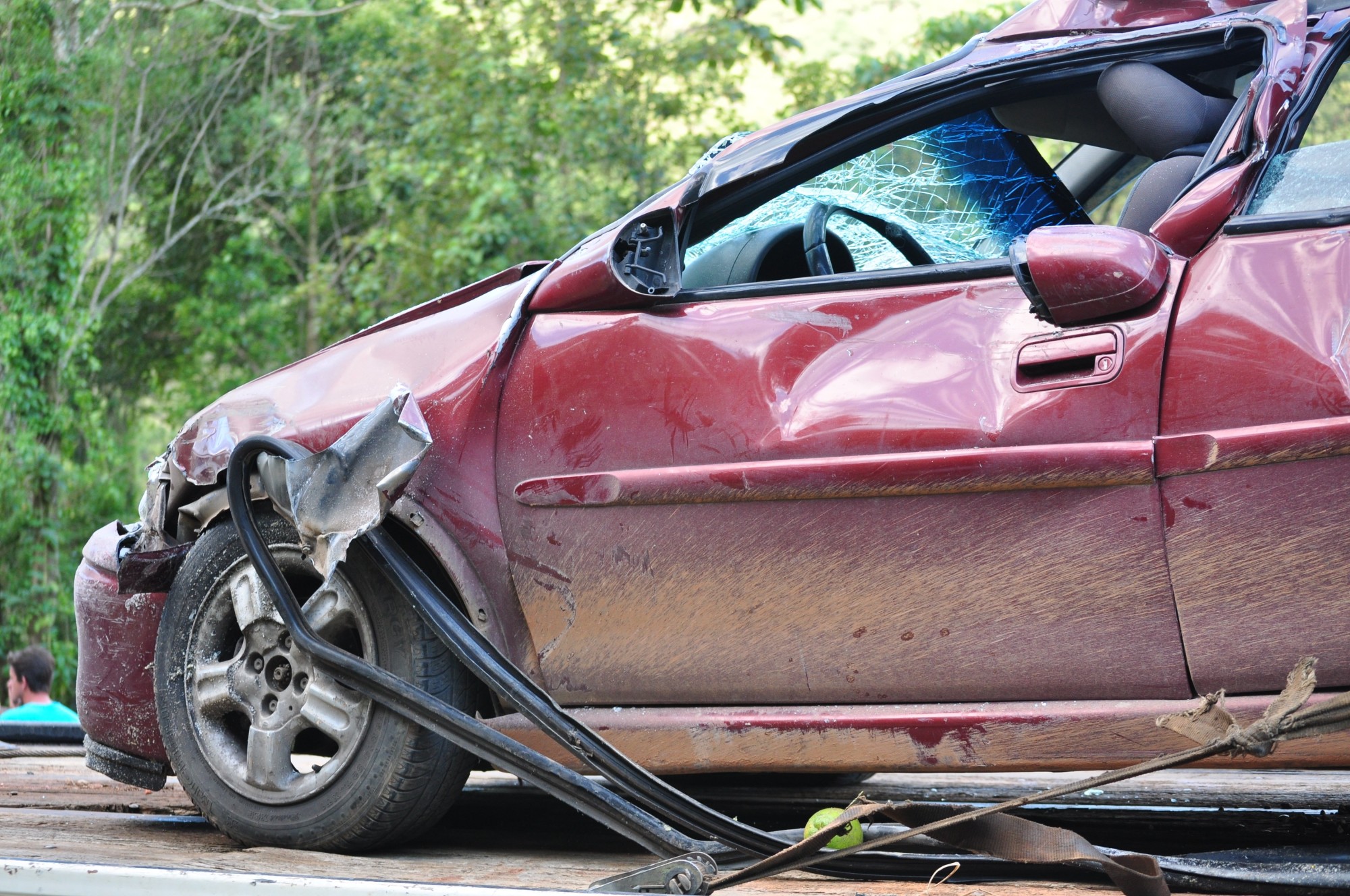Did you know that the economic cost of car accidents in the U.S. is about $242 billion? Were you recently in a car accident or looking for tips to prevent fault for an accident?
This article will show you how to prove you are not at fault in a car accident with top tips. Read on to discover how to protect yourself from being wrongly accused before it’s too late.
Who Is At-Fault?
When a police officer arrives at the scene, it’s common for them to take a look at the positions of the cars to determine who is at fault. If it’s a head-on collision, the person who is facing the wrong way is normally considered at-fault. If both cars aren’t in their correct lane, then it’s harder to prove who is at fault.
Certain locations have no-fault accidents which means that no one is at fault. Look up your location to determine if you live in a no-fault location.
Even if you’re blamed for the accident, it’s not too late to dispute what the cop stated.
At-Fault
If you live in an area that has at-fault accidents, and the insurance denies your claim, you can then dispute what the police report states. You can always get in contact with the police officer and try to have the police report updated. Then there will be a report that you disputed the findings which help for insurance purposes.
No-Fault
If you live in a state that follows no-fault accidents, it doesn’t matter who is at fault to your car insurance company. This means that you as a policyholder will receive compensation for losses. The claimant’s injuries have to meet a certain threshold in order for the accident to be considered outside of no-fault grounds.
This could then lead to liability against the other driver.
1. Gather Police Report
When there’s an accident, you’ll always want the police to be present and write a police report. Once that police report is completed, you can ask for a copy for yourself. The police report could show important information to prove the other person is at fault. It’ll explain a quick narrative of the accident that occurred, any traffic citations, and who they believe is at fault.
It’ll also be useful when you file your insurance claim.
2. Compile Traffic Law Violations
A great way to prove your innocence is to show the other driver is at fault. Make sure to compile any traffic law violations they did such as speeding, running a stop sign, not yielding, etc. Make sure to research the laws in your area such as going to your local library and looking at the book of driving statutes.
3. Hire an Attorney
You’ll want to hire an experienced car accident lawyer, you can view one if you click here. Your attorney will do the majority of the work such as collecting evidence and speaking with witnesses. They’ll make sure no step is forgotten in order for you to have your best chance possible for proving your innocence.
4. Take Pictures
Whether you’re using your cell phone or a camera, make sure that you take pictures of the accident. Make sure to include pictures of both cars along with the positions of each. Take a picture of the weather and road conditions as well. If you’re injured and can’t take pictures, ask another person to take the pictures for you.
5. Keep All Details
Make sure to check for any cameras installed in the area that you can review and show the accident occurring. Also, find out if the other driver has any violations such as drunk driving, drug use, or driving with an expired license.
6. Never Admit Fault
Never admit fault to the other driver, police officer, etc. A good way to prove your innocence is to show the other driver is at fault. Keep all supporting documents including the police report handy for insurance claims.
Rear-End Collisions
If someone hits you from behind, it’ll almost never be your fault. When someone is driving behind you, they’re always supposed to keep a safe distance behind you in case you stop suddenly. If the front of one car and the back of the other car is damaged, it’s easy to tell who is at fault in a rear-end collision.
If you were injured during a rear-end collision, and you were found to be careless such as having a tail-light out or brakes not working properly, that could reduce how much compensation you receive.
Left-Turn Accidents
When a car makes a left turn, they’re almost always considered at fault for the collision. While it’s possible to prove your innocence, it’s extremely rare.
Some ways you could prove your innocence:
- The car that headed straight went through a red light
- The other car was speeding
Another reason is if the car making a left-turn was turning when it was safe, but something made them stop suddenly or slow down. This is, of course, harder to prove since a left-turn should only be completed when it’s completely safe to go.
How to Prove You Are Not at Fault in a Car Accident
While it can be difficult at times to know how to prove you are not at fault in a car accident, this guide will help you have the most effectiveness in proving your innocence. Would you like to learn more about cars and traffic laws? Check out our other articles today for a safer future driving.

